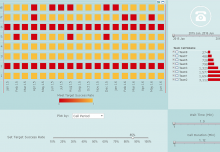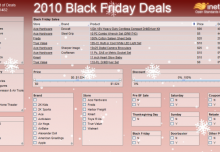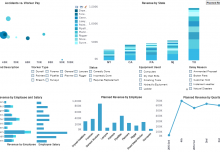More and more, you’ve likely heard the term “big data” thrown around. Just recently I even heard it in a radio commercial on the drive home. You may even have an educated guess as to what it means. Big data is much discussed by media and analysts, but little understood in the business world. If you’re needing a better clarification, here’s what you need to know about BI and big data and how to make sense of it.
Defining Big Data
According to an article in Forbes, What is Big Data?,, “Big data is a collection of data from traditional and digital sources inside and outside your company that represents a source for ongoing discovery and analysis.” For example, think about each time you fill out a form online. Whether placing an order, submitting an online review, requesting a quote on a mortgage, or creating a social network profile, that form generates data that is potentially useful to companies.
A recent CNBC report about big data and what it means to companies reveals that companies define big data in various ways:
. 18 percent consider big data to mean “a greater scope of information”
. 16 percent define it as “new kinds of data and analysis”
. 15 percent say it means “real time information”
. 13 percent define it as “non-traditional forms of media”
. Another 13 percent define big data as “data influx from new technologies”
. Just 10 percent define big data literally to mean “large volumes of data”
How Companies Use Big Data
Just as companies define big data in various ways, the same is true as far as how they use it. According to the CNBC report, the vast majority of big data budgets goes to sales and marketing followed by customer service, research and development, IT, manufacturing, finance and accounting, distribution and logistics, and human resources. Regardless of which functional area organizations focus their big data efforts on, most want to use big data to increase organizational efficiencies (51 percent), inform strategic direction (36 percent), and improve customer service (27 percent).
Discovering Big Data Insights
As we mention on our Tools for Visual Analysis and Reporting of Big Data page, business intelligence software helps businesses make sense of all that big data “on the fly” with web-based dashboards and data visualizations that allow business users to quickly find patterns and relationships.
Big data is big, indeed. It is also loaded with real-time information that could help your company become more efficient, strategic, and responsive to ever-changing customer needs.




